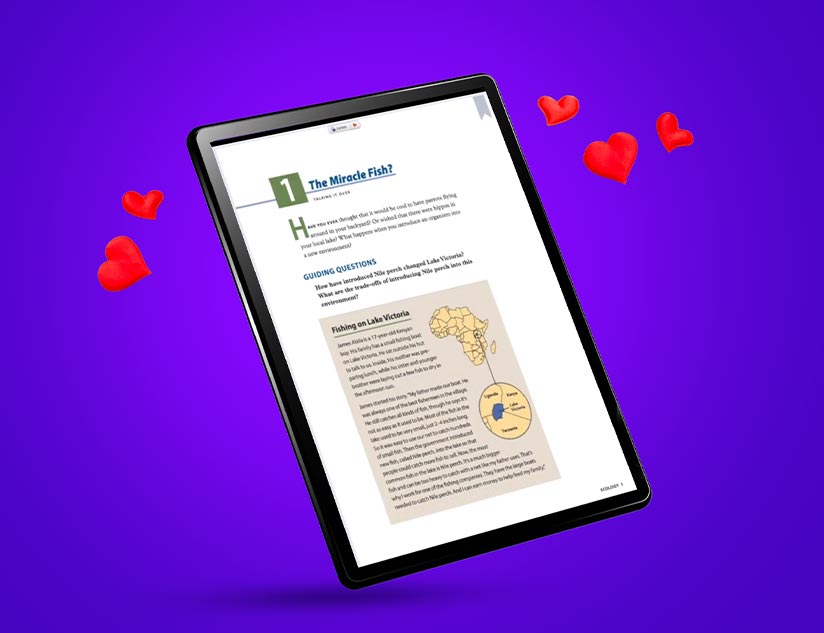It is no secret that print publishers have been struggling for some years now and even in the 1990’s some saw the end of print insight, one CEO of a major publishing firm declared it “dead” back then. We know that isn’t the case now but, print revenue has been steadily declining. Between 2015 and 2018, the US textbook publishing revenue declined from $11.7 billion to $8.79 billion.
One of the biggest reasons for the dwindling print sales is the cost of the textbooks. But that’s not the only challenge faced by publishers.
Challenges Publishers Have Always Struggled with
Most of the challenges publishers face today aren’t new. In fact, they aren’t even a result of the growing preference for digital content. Here’s a look.
1. Copyright Infringement & Piracy
Copyright infringement has been a major challenge for as long as publishing has existed. The problem has followed publishers to the online space as well, where $300 million is lost annually in publisher revenue online piracy, as of 2019, according to data presented by the Authors Guild at Book Expo 2019 and The problem is that anyone can share content online easily and piracy is rampant. In the absence of a tool to protect copyright and intellectual property, this problem is only likely to rise.
2. Cost
Cost is always the primary concern for any distribution model, and that includes print and digital publishing. publications have to maintain infrastructure, software and other basic services. In the traditional print method, the cost of publishing includes not just the basic cost of printing a book, it also includes author payments, professional cover design, editing, formatting and marketing. All this makes print material very expensive for the consumer. In fact, an average American college student spends between $500 and $1,500 each month on course materials. Print normally also involves the intellectual cost, the cost of publishing and then the profit margins of the sellers.
These high costs often force students to look at other options, such as renting textbooks or finding pirated copies at a fraction of the actual cost. In fact, 30% of all the assigned textbooks were rented in 2018. The book rental industry is expected to end up cannibalizing the sale of new books. By the end of 2020, this $10 billion publishing industry is estimated to reduce the sales of new books by 5% to 10%.
3. Discoverability
Discoverability is often regarded as the greatest challenge in online publishing, but it is not limited to the digital realm. Just publishing a book does not mean it will reach your readers. Print, as well as online publishing, is flooded with titles and it is very easy to get lost in this crowd when you don’t have a complete marketing team at your disposal for each book. Traditional retailers go all out to promote a new book, creating in-store displays of the latest books, posters and other forms of attracting the consumer’s attention. In the online sphere, publishers need to focus on SEO, so that their content appears among the top search results, making it easily discoverable. For this, they would need to hire SEO professionals, along with digital marketers, in case they want to implement a paid campaign.
4. Monetization
Web banners have been a mainstay for online publishers for monetization. But with the increased use of ad blockers, monetization from such web banners have dwindled in recent times. In fact, it is estimated that most publishers experience an ad block rate of 15%-40%.
5. Adapting to New Technologies
With the way new technologies are emerging, simply keeping up with them has become a difficult task, never mind deploying them. But because of the immense benefits of new technology, such as multimedia, interactive elements and read-aloud features, their adoption has become a necessity.
How Technology Can Help
A great way to overcome many of the major challenges faced by publishers for a long time now is with the help of intelligent publishing platforms. The advantages provided by platforms like MagicBox™ include:
1. Robust DRM Capabilities
Such platforms come with in-built robust digital rights management tools, which can provide publishers greater control over their content. These tools ensure that only those who have paid for the license have access to the content. Publishers can also prevent users from screen grabbing, printing and copying their digital content.
2. Easy Discoverability
With the help of in-built semantics of such powerful platforms, browsing, search and discoverability of titles becomes much easier. These platforms use metadata to improve the search engine friendliness of the content. This ensures that your content becomes visible to a wider audience.
3. Multimedia Features
Advanced publishing platforms allow you to incorporate features such as videos, audio, games and infographics, with just a few clicks. These features have become essential for engaging the modern reader, who is born with technology all around them. You can even add new features to your content with the help of easy modification features.
4. eCommerce Store
You can directly sell your digital content with the help of an integrated white-labeled eCommerce store. This helps in reducing time to market and overhead costs while increasing revenue.
5. Easy Compliance
There are so many regulations one must comply within the publishing sector. But an advanced learning platform allows you to easily stay compliant with a variety of standards and mandates, such as TinCan API, QTI, LTI, COPPA, FERPA, WCAG and much more.
Such advanced platforms are changing the face of publishing, helping solve age-old problems and meeting modern needs. The best part is that they are easily customizable to provide your target audience with a complete brand experience.
Are you ready to embrace the advantages of technology and a team that will help you customize the platform to your specific needs? Contact us now!













